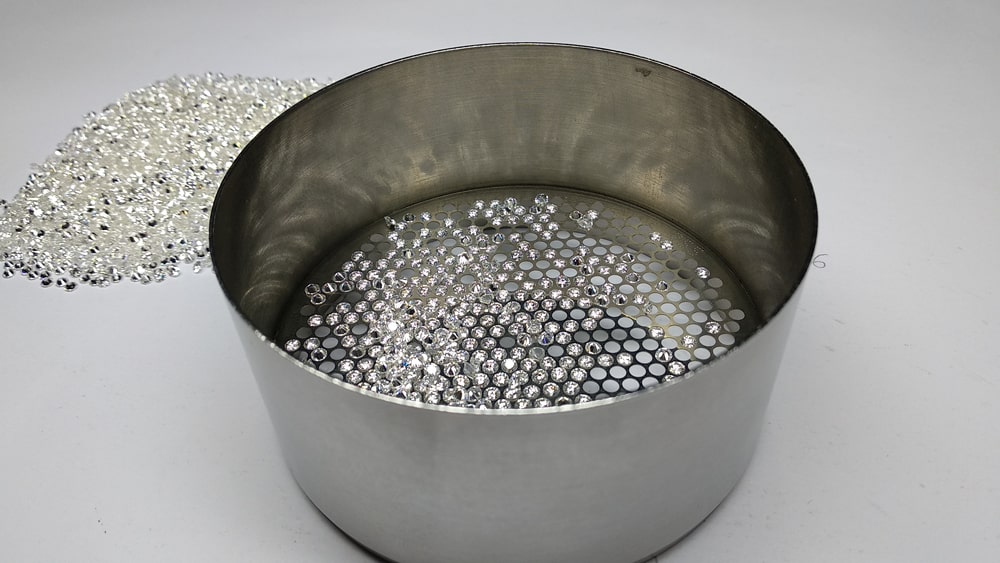Size separation is a unit operation that involves the separation of a mixture of various sizes of particles into two or more portions by means of screening surfaces.
It is also known as sieving, sifting, classifying, or screening. This technique is based on physical differences between the particles such as size, shape, and density.
Size reduction of a solid material never gives particles of the same size, but gives particles of varying sizes, i.e., distributes in different sizes. These materials must be subjected to a separation technique to obtain narrow size ranges. As far as possible size separation is included as an integral part of the size reduction process. When particle size distribution is to be controlled for the official specifications, size separation assumes greater importance and has to be handled independently of the size reduction.
Screening is a method of separating particles according to size alone. Particles can be separated into individual sizes using sieves. The final portion consists of a more uniform size. The material that remains on the given screening surface is known as oversize or plus material. The material passing through the screening surface is known as undersize or minus material.
Applications of Size separation
Size separation of solids has important applications.
- As a method to determine particle size and size distribution, which are useful in the production of tablets and capsules.
- As a quality control tool for the analysis of raw materials such as griseofulvin and aspirin.
- To test the efficiency of a size reduction equipment or process.
- To optimize the process conditions such as the method of agitation, time of screening, feed rate, etc.
- To recover valuable products or byproducts.
- To prevent environmental pollution.
OFFICIAL STANDARDS FOR POWDERS
In general, powders are vaguely described as coarse and fine powders. However, it is essential to identify with some guiding specifications.
Indian Pharmacopoeia has prescribed standards for powders for pharmaceutical purposes. Accordingly, the degree of coarseness or fineness is expressed with reference to the nominal aperture size of the sieve through which powder is able to pass. The relevant grades of powders and sieve number along with nominal aperture size are shown in Table 1.1. The IP 1996 specifies five grades of powder.

Coarse powder: A powder, all the particles of which pass through a sieve with a nominal mesh aperture of 1.70 mm (No. 10 sieve) and not more than 40.0 percent through a sieve with a nominal mesh aperture of 355 µm (No. 44 sieve) is called coarse powder.
In a similar way, other definitions can be written for the contents of Table 1.1. When the fineness of a powder is described by means of a number, it is an indication that all the particles of the powder shall pass through the sieve of which the nominal mesh aperture in um, is equal to that number.
Normally, for compound powders, fine powders are preferred, while moderately coarse powder is used for the preparation of tinctures. Coarse powder without fines is employed in the percolation process. The above-mentioned terminology has applications in the production of galenical. A few examples are given in Table 1.2.
The pharmacepœia has prescribed upper and lower limits for the three coarse grades of powder. For two fine grades, the pharmacopeia has prescribed only the upper limit.

Make sure you also check our other amazing Article on : Pin Mill
